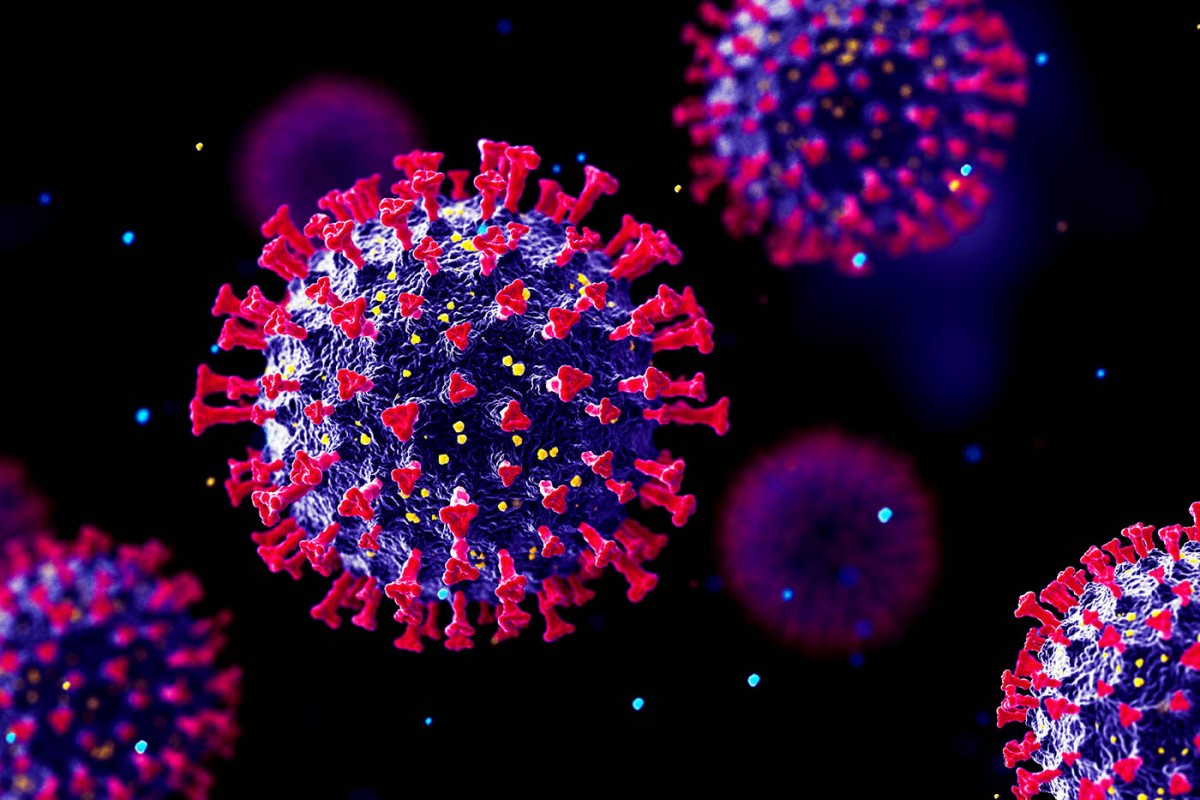Viruses are responsible for some of the world’s most dangerous and deadly diseases, including influenza, ebola, rabies, smallpox, and COVID-19. Despite their potential to kill, these potent pathogens are in fact considered to be non-living, as alive as the screen that you are reading this article on.
How is this possible? How can something as nasty as a virus spread so fast, reproduce, and infect other living things, but not be considered a living creature? The answer has been a subject of debate since the moment viruses were first named in 1898.
The argument hinges on…
What do we mean by ‘alive’?
There is no single undisputed definition of life. Some of the more common questions to distinguish between living and non-living things are Does it have its own biological ‘machinery’ to replicate? Does it multiply through cellular division? Does it have a metabolism?
For each of these questions, viruses receive a fail.
Why don’t they fit the bill?
In order to replicate, viruses must first hijack the reproductive equipment of a host cell. Then redirecting it to ‘photocopy’ the genetic code of the virus and seal it inside a newly formed container, known as the capsid. Without a host cell, they simply can’t replicate.
They fail the second question for the same reason. Unlike other living organisms that can self-divide, splitting a single cell into two, viruses must ‘assemble’ themselves by taking control of the host cell, which manufactures and assembles the viral components.
Finally, a virus isn’t considered living because it doesn’t need to consume energy to survive. Nor is it able to regulate its own temperature. Unlike living organisms that meet their energy needs by metabolic processes that supply energy-rich units of adenosine triphosphate (ATP), the energy currency of life, viruses can survive on nothing. In theory, a virus can drift around indefinitely until it contacts the right kind of cell. For it to bind to and infect, thus creating more copies itself.
That’s three strikes against, but…
Is there anything to suggest that viruses might be alive?
It’s a little more complicated. In short, yes. Or at least there’s plenty to suggest that the line between living and non-living might be a little blurry.
For one thing, some viruses do contain parts of the molecular machinery required to replicate themselves. The gigantic mimivirus – so large that it was initially mistaken for a bacterium. It has a genome larger than that of some bacteria. It carries genes that enable the production of amino acids and other proteins that are required for translation, the process that for viruses turns genetic code into new viruses. (Mimivirus still lacks ribosomal DNA, which codes for the assembly of proteins that carries out the translation process.)
Another sign of the fuzzy boundaries between living and non-living is that viruses share a lot of their genetics with their host cells. A 2015 study of protein folds, structures that change little during evolution, in thousands of organisms and viruses, found 442 folds shared across all and only 66 that were specific to viruses.
These findings suggest that viruses may have evolved alongside the very first ‘living’ cells.











